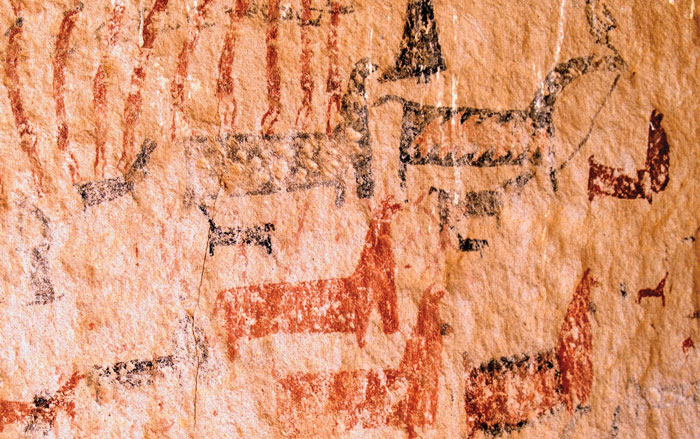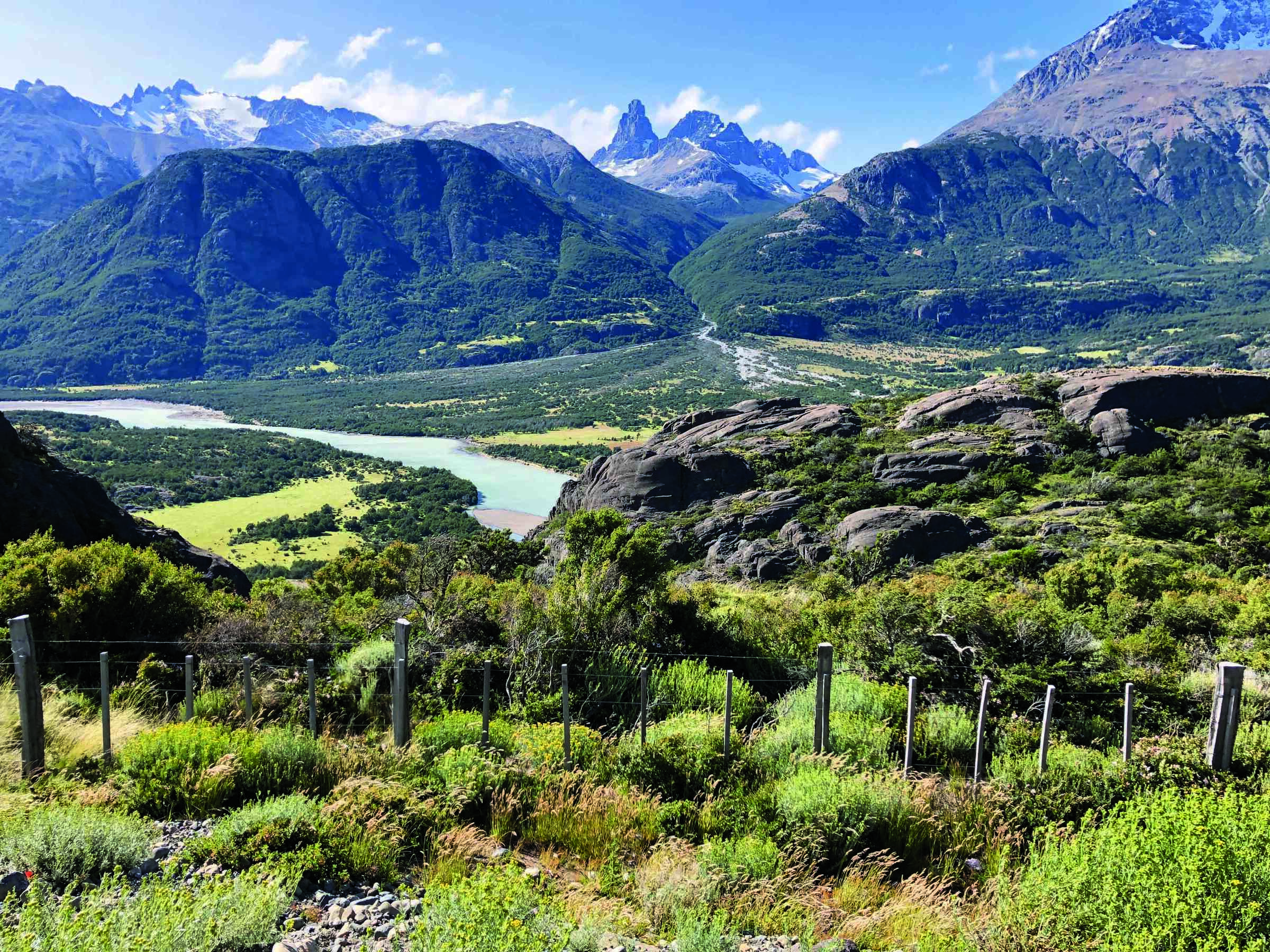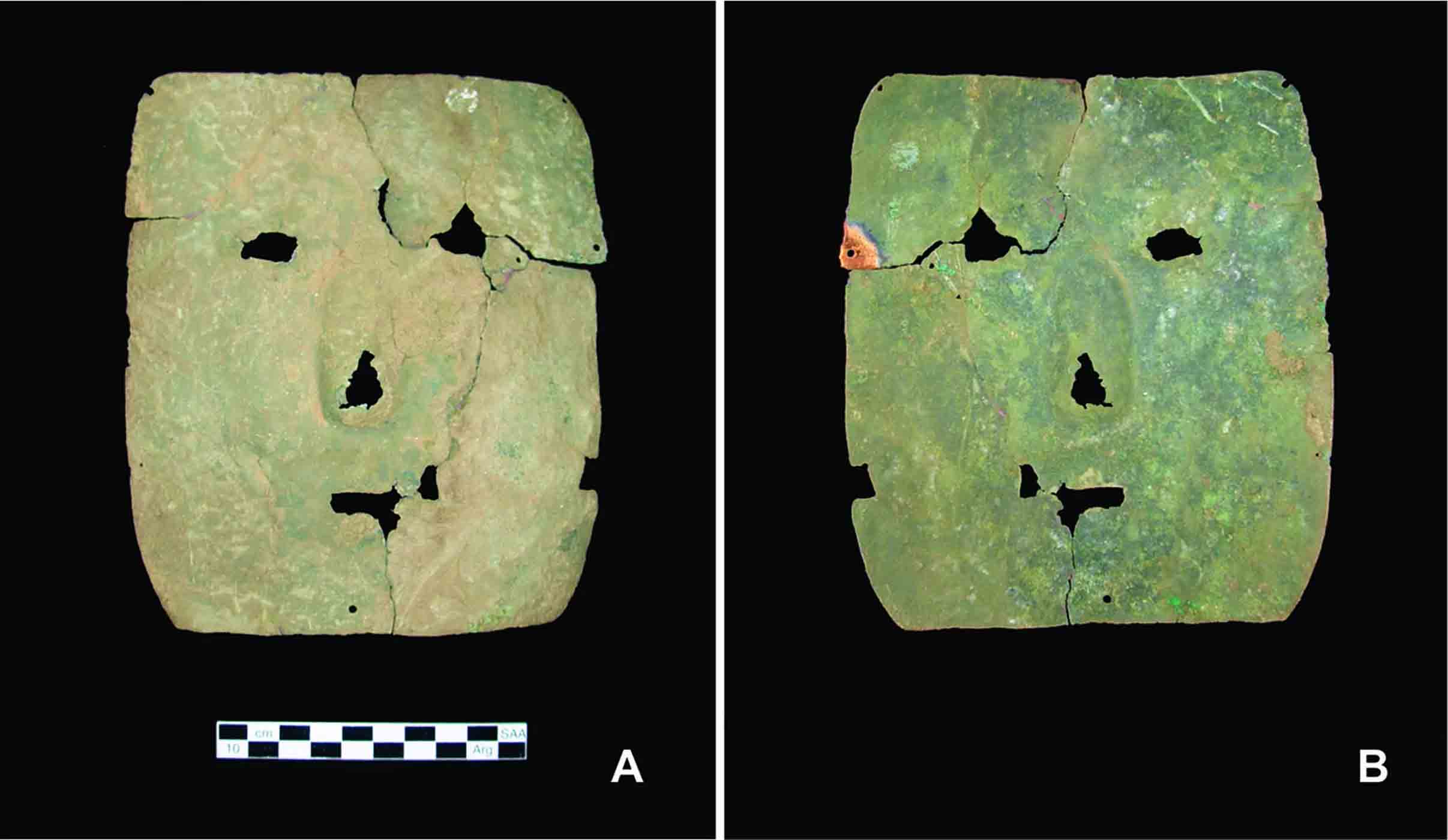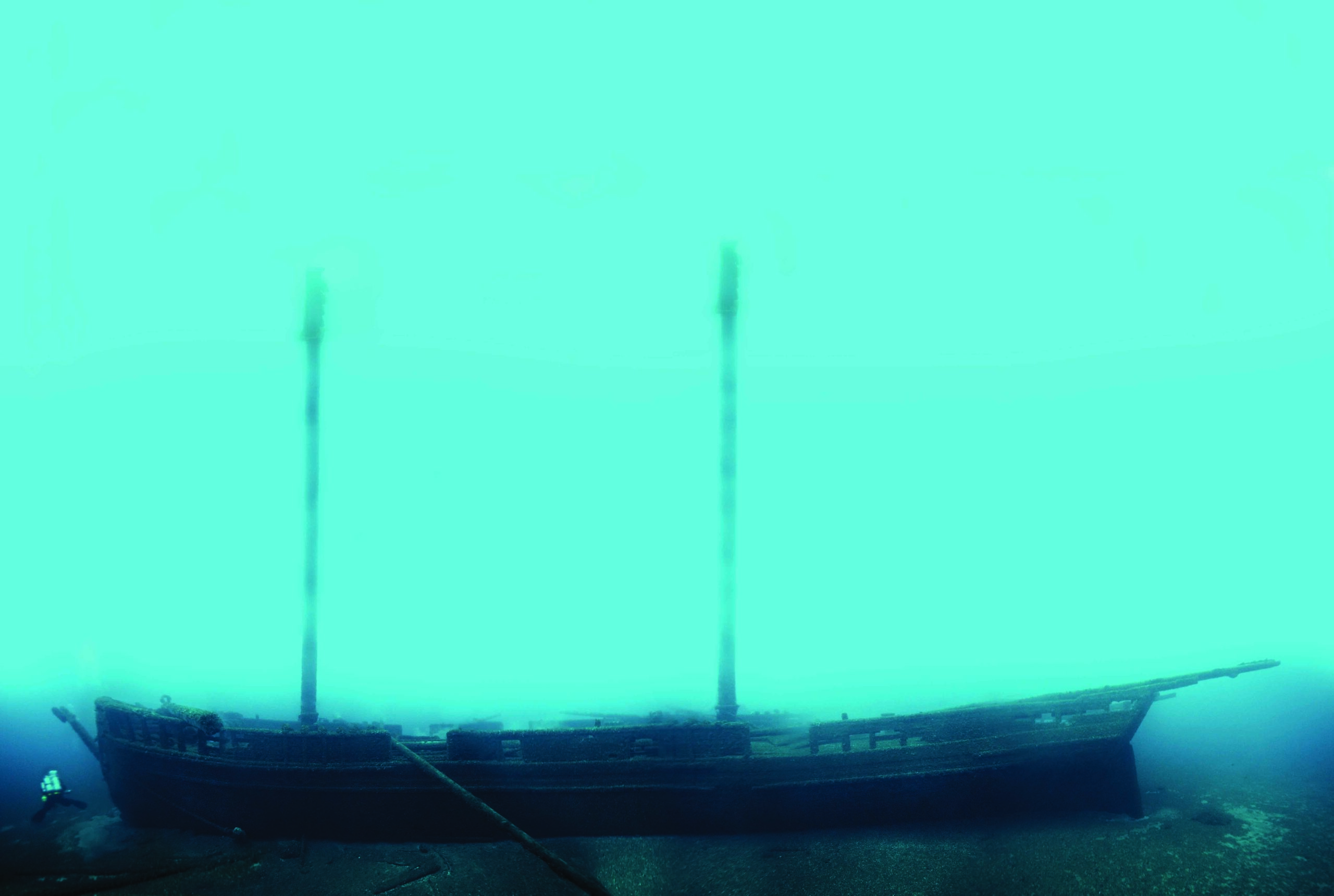BUENOS AIRES, ARGENTINA—An article in The Guardian responds to reports that a Nazi hideout was excavated in northwestern Argentina by archaeologist Daniel Schavelzon, who claimed that the ruins of three stone buildings in the jungles of Teyú Cuaré National Park could have sheltered war criminals on the run after World War II. “There is no documentation, but we found German coins from the war period in the foundations,” Schavelzon told The Guardian. After the war, Argentina’s president Juan Perón did give refuge to Auschwitz doctor Josef Mengele and Adolf Eichmann, one of the architects of the Holocaust, but they lived in suburban homes outside of Buenos Aires. And, many German immigrants arrived in Argentina in the early twentieth century, giving rise to some three million people of German descent who live in the country today. But are the coins proof of a secret Nazi enclave? “That was just speculation on my part. The press picked it up and magnified it,” Schavelzon said.
Argentina’s “Nazi Hideout” Revisited
News March 24, 2015
Recommended Articles
Off the Grid September/October 2024
Barrancas River Valley, Argentina

Letter from Patagonia July/August 2023
Surviving a Windswept Land
For 13,000 years, hunter-gatherers thrived in some of the world’s harshest environments

Digs & Discoveries September/October 2017
Andean Copper Age

Off the Grid July/August 2012
Pucará de Tilcara, Argentina

-
Features January/February 2015
Shipwreck Alley
From wood to steel, from sail to steam, from early pioneers to established industry, the history of the Great Lakes can be found deep beneath Thunder Bay
 (Courtesy Thunder Bay National Marine Sanctuary/NOAA)
(Courtesy Thunder Bay National Marine Sanctuary/NOAA) -
Letter From Cambodia January/February 2015
Storied Landscape
Through centuries—and perhaps even millennia—of cultural, political, and environmental change, Phnom Kulen has retained its central role in the spiritual life of a people

-
Artifacts January/February 2015
Bronze Age Dagger
 (Courtesy Anders Rosendahl)
(Courtesy Anders Rosendahl) -
Digs & Discoveries January/February 2015
The Price of Plunder


